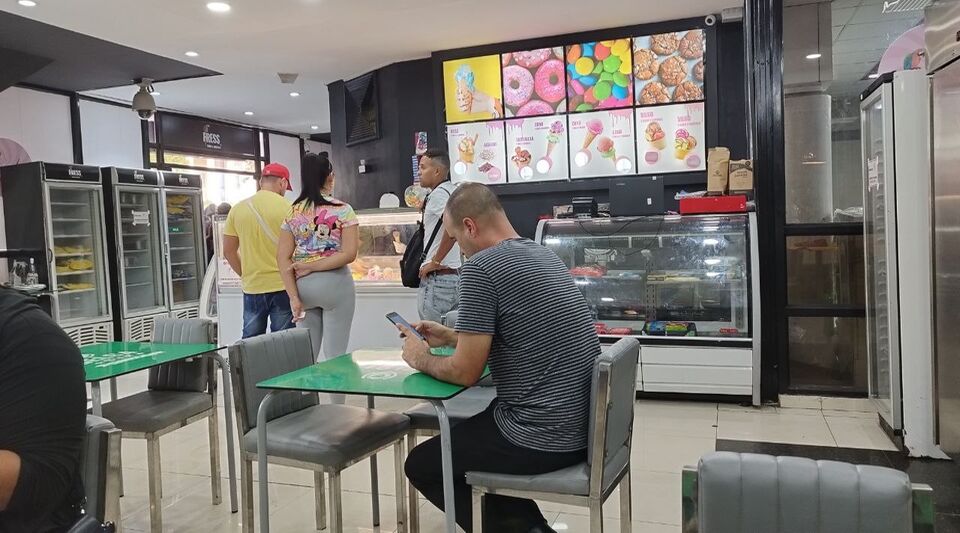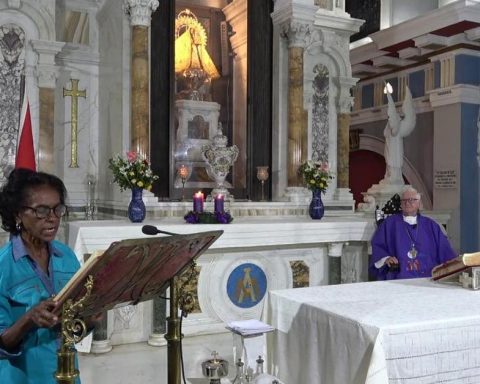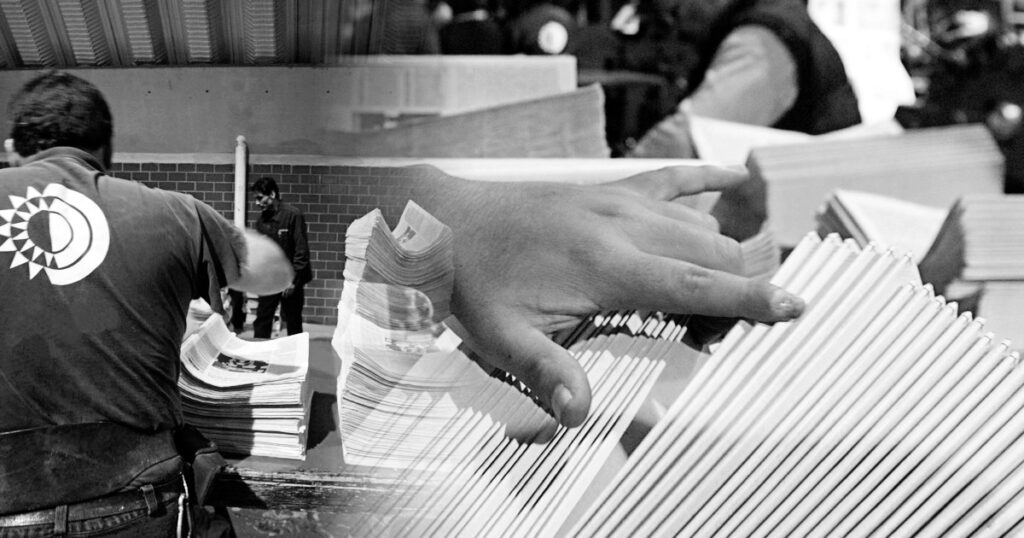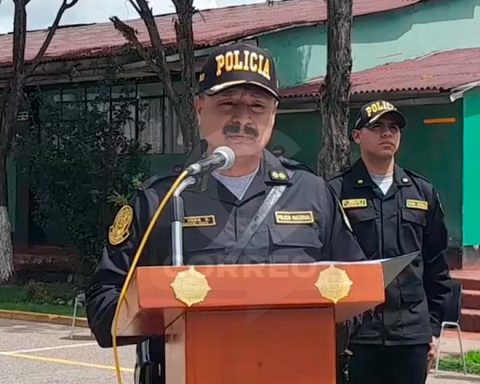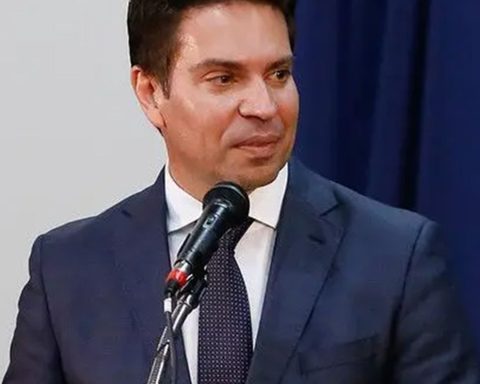The Grupo de Administración Empresarial SA (Gaesa), the all-powerful conglomerate belonging to the Revolutionary Armed Forces (FAR), has been deliberately stifling the private sector in Cuba since 2016, and the law of MSMEs (micro, small and medium enterprises), enacted in 2021it would only be a “false opening” to attract foreign investment and facilitate a new rapprochement with the United States, a “thaw 2.0”.
Those are the main conclusions of a report made public this Monday by the organization Cuba Siglo 21, signed by the Cuban economist and consultant Emilio Morales, founder of Havana Consulting Group, and carried out with the help of the Cuban Citizen Audit Observatory and independent journalists from the Island.
with the title Entrepreneurship in Cuba suffocated by Gaesaresearch shows how, after the economic opening that began on the island in 2011when Fidel Castro had retired from power and his brother Raúl ruled, the private sector had an unprecedented boom between 2013 and 2016.
It was at that moment, still in the middle of the thaw between Cuba and the United States headed by President Barack Obama, that Gaesa, at that time chaired by the former son-in-law of Raúl Castro, Luis Alberto Rodríguez López-Calleja – passed away in Havana on July 1, 2022– began what the Miami-based organization calls a “ruthless offensive” to “stop the biggest citizen entrepreneurship movement in decades.”
The investigation shows how, after the economic opening that began on the Island in 2011, the private sector had an unprecedented boom between 2013 and 2016
“The strength and strength achieved by the movement of entrepreneurs, born in the heat of the reforms implemented in 2011 and the impact of the thaw It was so strong, that even with the limitations with which it was allowed, it showed that in the period 2010-2016 there had been a true boom of the non-state sector throughout the Island, which was giving rise to a powerful middle class”, says the text, which highlights that “the market showed the creation and consolidation of a very successful business fabric made up of thousands of businesses in various modalities , most of them with their own brand”.
Thus, the report continues, Gaesa “began to suffer the strong competition coming from the entrepreneurial sector”, for example in the tourism sector. In just seven years, the hosting capacity of the private sector grew 268% compared to the “poor growth” of 3% in the state sector. “The CEO of Gaesa [López-Calleja] He understood that the situation was getting out of control and at an accelerated rate, which is why this movement of citizen entrepreneurship had to be stopped emphatically,” the text asserts.
As of 2016, recalls the document, “no more licenses were issued to exercise self-employment, the creation of new CNAs also stopped [cooperativas no agropecuarias]even eliminating several of them and limiting the radius of action to those that remained”. maximum salary could not exceed by more than three times the minimum salary, that you could only have a license to practice self-employment or raise taxes.
“Under these conditions, entrepreneurs saw the possibility of investing in their own country exhausted, which is why a strong movement began to export capital and go looking for new investment opportunities abroad,” the report details. “At the same time, the business of buying merchandise abroad to import and resell it in the informal market increased. This meant that the volume of dollars that left the country from the hands of entrepreneurs was greater than the volume that the Government attracted as foreign investment.
The devaluation of the CUC, which began to be quoted in the informal market at 50 pesos, made people prefer to buy the CUC ‘on the left’
The devaluation of the CUC, which began to be quoted in the informal market at 50 pesos, made people prefer to buy the CUC to the left rather than in exchange houses (Cadeca) or banks, where they gave 25 pesos per CUC. This, the document asserts, “brought heavy losses for Gaesa, as its stores’ inventories were depleted more quickly and by collecting CUC and not dollars” and “meant that they were left without liquidity to pay the debts with suppliers, many of which they would not sell any more products to the Island”.
Faced with this reality, in the second half of 2019, the government of Miguel Díaz-Canel announced two measures that “far from achieving the effect of alleviating the country’s financial crisis, quickly led it towards a wave of inflation”: the unsupported wage increase production and price control in both the state and private sectors. And the text sentences: “This situation put the country at the gates of an inflationary powder keg.”
To combat the problem, the State did nothing other than start a process dollarization of the economy which exacerbated the problems even more. The covid-19 pandemic, behind which the Cuban government constantly hides along with the US blockade to justify the crisis, only put the “tombstone” on the island’s economy, in the words of the report.
Why create a new category of entrepreneurs, MSMEs, instead of consolidating businesses that already had a license for self-employment (TCP), “allowing them to exercise the right to register their businesses as property with legal personality, to export and import directly and even to receive investments from the US since being genuinely private and autonomous from the State they could be exempted from the Helms Burton Act”?, the report asks. “Very simple”, one answers: “With the MSMEs The aim is not to strengthen the private entrepreneur but to artificially create a middle class dependent on Gaesa and whose ‘owners’ are chosen from among less fortunate relatives of oligarchs, retired repressors and members of the rapid response paramilitary brigades”. An opening, in short, more to the russian than Vietnamese or even Chinese.
This would be a supposed entrepreneurial middle class, “with the discreet capital of the oligarchy and its shell companies,” argues the dossier, which Cuba’s own “agents of influence” in the US would try to promote and sell to the Asset Control Office. Foreigners (OFAC) of the Department of the Treasury as “legitimate self-employed and private entrepreneurs” to allow them commercial, financial and credit transactions with the US and the European Union. In this regard, they give as an example the mysterious financier Orbit, which already works with Western Union in the resumption of remittances to Cuba.
The strength of the Morales report’s arguments lies in the data. 6,161 MSMEs registered on the Island at the beginning of 2023 represent only 1% of the number of entrepreneurs that existed in 2016.
In that year, Cuba Siglo 21 highlights, there were more than 500,000 Cubans with a self-employment license, which in total generated more than 3,000 million dollars
In that year, Cuba Siglo 21 highlights, there were more than 500,000 Cubans with a self-employment license, which in total generated more than 3,000 million dollars. The debacle was progressive: “The backlash against the reforms in 2016 took some 80,000 self-employed workers out of the market. Subsequently, the pandemic and the Sorting Task Monetary made more than 139,000 entrepreneurs give up the license or close their businesses. The country has lost two thirds of this labor force because the State, which now boasts of creating some MSMEs that do not represent 1% of those businesses, he applied since then deliberate policies to repress them through prosecutors and police (the most successful often ended up in jail). A considerable part has emigrated convinced that there is no future.”
Against the possibility of what you call “ thaw 2.0″, the report also alleges that only the “oligarchy” of the regime benefited from the rapprochement of the Obama Administration with the Island, by being forgiven 42,000 million dollars of its foreign debt, obtaining new lines of credit, increasing the tourist flow, use the resources to build hotels and acquire equipment for the repression.
“Attempting to draw up a policy of engagement with the objective of empowering the Cuban people trying to promote a private sector that does not exist is to reiterate the errors of the first thaw”, Cuba Siglo 21 states, since “concessions were made without claiming those that should materialize, first or in parallel, the Cuban side”.
The report concludes: “If the Cuban dictatorship on the Island and the Cuban exiles in the world have shown anything, it is that without freedom there is no progress.”
________________________
Collaborate with our work:
The team of 14ymedio He is committed to doing serious journalism that reflects the reality of deep Cuba. Thank you for accompanying us on this long road. We invite you to continue supporting us, but this time becoming a member of our newspaper. Together we can continue transforming journalism in Cuba.
